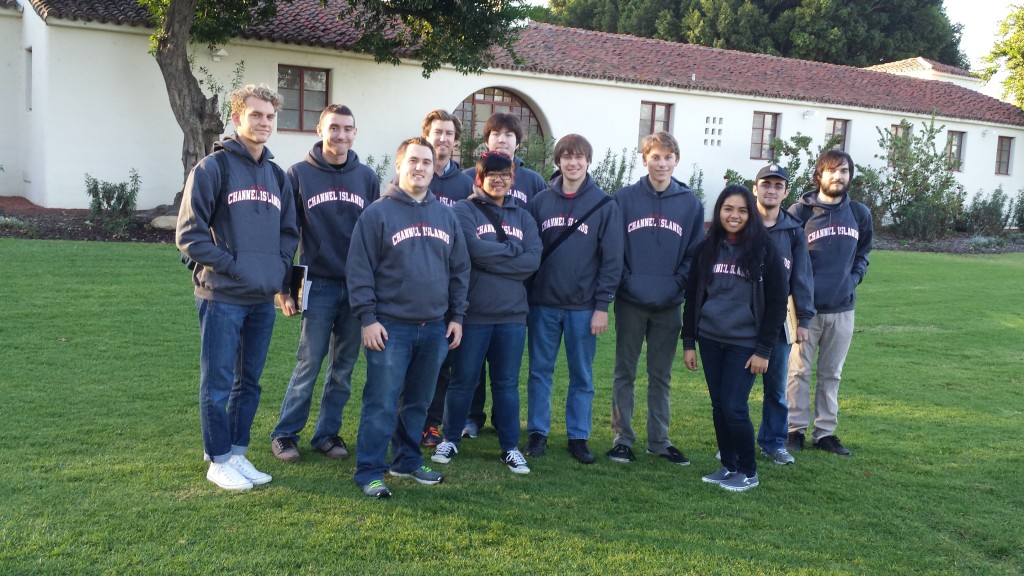
How realistic is it for computer hackers to interfere with aircraft while they are in the air, a phenomenon known as cyberjacking? It partly depends on terminology. Hijacking and fully controlling an aircraft by remote means borders on the impossible, according to David Stupples of City University in London, a specialist in communications. But interfering with an aircraft’s systems, including inducing a catastrophic failure, in order to extort money is a distinct possibility, he warns.
There are two ways this could be done, one more likely than the other. The first is a cyber attack from the outside. Passengers increasingly demand internet connectivity for work, games, movies and the like. But drilling holes in fuselages for additional antennae is costly and inefficient. So internet signals are routed through existing communications architecture, such as the Aircraft Communications Addressing and Reporting System (ACARS), which is used for short messages, or the Automatic Dependent Surveillance-Broadcast (ADS-B), an anti-collision system. As these both send and receive information they can, in theory, be targetted. When aircraft become more connected to the wider world they begin to look, electronically at least, like fixed structures. If banks can be hacked, why not aircraft?
via Hacking aircraft: Remote control | The Economist.





